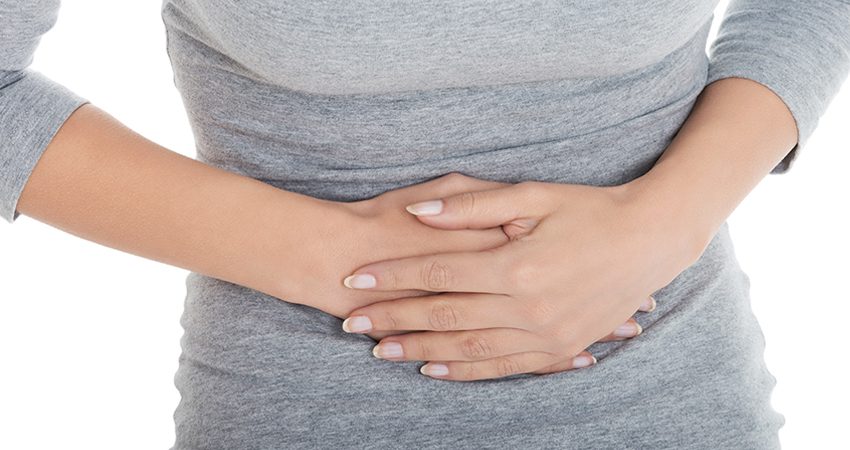While many women develop fibroids, symptom experiences vary. Mostly, fibroids tend to be asymptomatic. In some cases, they will cause pain, health issues, or fertility problems. In a few cases, especially post-menopause, they may calcify. In some cases, patients in Southern California may need to seek out treatment.
The Fibroid Treatment Collective in Los Angeles focuses on minimally invasive approaches for patients with fibroids. Our specialty is non-surgical Uterine Fibroid Embolization. This highly effective and safe procedure offers far less trauma to the body than traditional fibroid surgeries. Our goal is to provide patients immediate symptom relief and freedom from fibroid problems in the future. Patients across Southern California travel to our clinic for state-of-the-art treatments with documented high success rates (over 94% for UFE).
What Is a Calcified Fibroid?
Calcified fibroids are caused by degeneration in the fibrous tissue that makes up a fibroid. This degeneration is usually the result of natural aging in a woman’s body when decreasing blood flow to the uterus deprives fibroids of nutrients and oxygen. As fibroids are deprived of blood, they shrink and shrivel. Sometimes they harden or ‘calcify.’ Calcified fibroids also happen when a fibroid’s blood supply is deliberately blocked, as with the procedure Uterine Fibroid Embolization (UFE). The goal of UFE is to shrink fibroids to an asymptomatic size. After UFE, fibroids typically calcify in response to that shrinkage.
Who Is At Risk for Calcified Fibroids?
Women are most likely to experience fibroid degeneration in menopause. Fibroids calcify at the end of their normal life cycle when menopause and its attendant hormonal changes influence blood flow in the uterus. If a physician monitoring your symptomatic fibroids has ever told you to ‘just wait until menopause’ rather than seek treatment, it’s likely he or she thinks the worst of your symptoms will lessen as fibroids degenerate and calcify.
Symptoms of Calcified Fibroids
Many women may experience fibroids without even noticing them or have only mild symptoms. However, the situation is different for everyone. If a fibroid begins to calcify, it may result in a decrease of pain or abnormal periods. As the fibroid starts, Symptoms tend to reflect when calcification takes place. Smaller fibroids that calcify early may cause little or no symptoms. Larger fibroids that calcify and are already pressing on the bladder and bowels can cause symptoms such as:
- Frequent urination
- Incontinence issues
- Constipation
- Back pain
You might also experience pain or pressure in the lower abdomen. Complications with fertility or pregnancy are possible. Women may experience:
- Miscarriage
- Premature placenta detachment
- Pre-mature labor
- Abnormal presentation
How Do I Know If I Have Calcified Fibroids?
The only way to confirm this diagnosis is to see a physician, preferably a fibroid specialist. The imaging methods that identify calcified fibroids are:
- Ultrasound
- MRI
- CT scan
How Are Calcified Fibroids Treated?
The first step in any treatment plan is to evaluate the situation for a patient, both medically and personally. This will include a complete diagnostic analysis, along with a review of your projected treatment goals. Typically, the diagnostic end will involve:
- A detailed conversation about your symptoms
- Pelvic exam
- Imaging tests
Part of the reason any practitioner needs a thorough diagnosis is that there are numerous conditions that cause similar symptoms to fibroids or calcified fibroids. It’s important to rule those conditions out before pursuing any treatment plan. The most common female reproductive issues which mimic fibroid or calcified fibroid symptoms are:
- Uterine polyps
- Polycystic ovary syndrome
- Endometriosis Cancer
When Do I Require Treatment?
Most calcified fibroids don’t require treatment. By the time a fibroid is calcified, it’s already at the end of its life cycle. By definition, that means the fibroid is less likely to cause pain, bleeding, or any of the typical fibroid symptoms. Occasionally, a calcified fibroid becomes a concern. This may be due to size and problems caused by sheer mass. You will know to seek treatment when symptoms are persistent. Surgical treatment involves the surgical removal of calcified troublemakers. Or, in extreme cases, a hysterectomy.
Patients across Southern California can find treatment in Los Angeles for both calcified and non-calcified fibroids. Increasingly sophisticated techniques for unique cases are used to match a patients needs. From UFE to surgical interventions, patients can weigh their options when working with the appropriate specialist.
Can Embolization cause fibroids to calcify?
Absolutely. When fibroids are denied a blood supply to keep them growing and thriving, they calcify. Natural aging and hormonal changes that reduce blood supply to the uterus also cause calcified fibroids. Think of calcified fibroids as non-vital, non-growing fibroids at the end of their life cycle. Which usually means they stop causing problems.
Don’t Guess. Get a consult.
If you have fibroids or calcified fibroids, be proactive. Schedule a medical consultation with an experienced practitioner, like those at the Fibroid Treatment Collective in Los Angeles. Dr. Bruce McLucas is a fibroid expert and recognized as a treatment pioneer for care offered in Southern California. Whatever the fibroid issue, Dr. McLucas is the specialist you’ve been hoping to speak with.


